Amistad National Recreation Area is a 57,292-acre park that is located along the U.S.-Mexico border. Although technically considered a National Recreation Area, rather than a National Park, we still include it among our list of national parks as it is managed by the U.S. National Park Service.
The park essentially contains the American side of the land surrounding Amistad Reservoir. The park is likely most celebrated for boating, fishing and other types of aquatic recreation, but it is also home to an array of fantastic wildlife species.
We’ll explain some of the park’s most important animal species and provide tips for seeing as many critters as possible below.
Monarch Butterflies
Each fall, thousands of monarch butterflies pass through Amistad National Recreation Area.
While Amistad National Recreation Area is home to a variety of impressive animal species, few put on a display as well as the monarch butterflies do each fall.
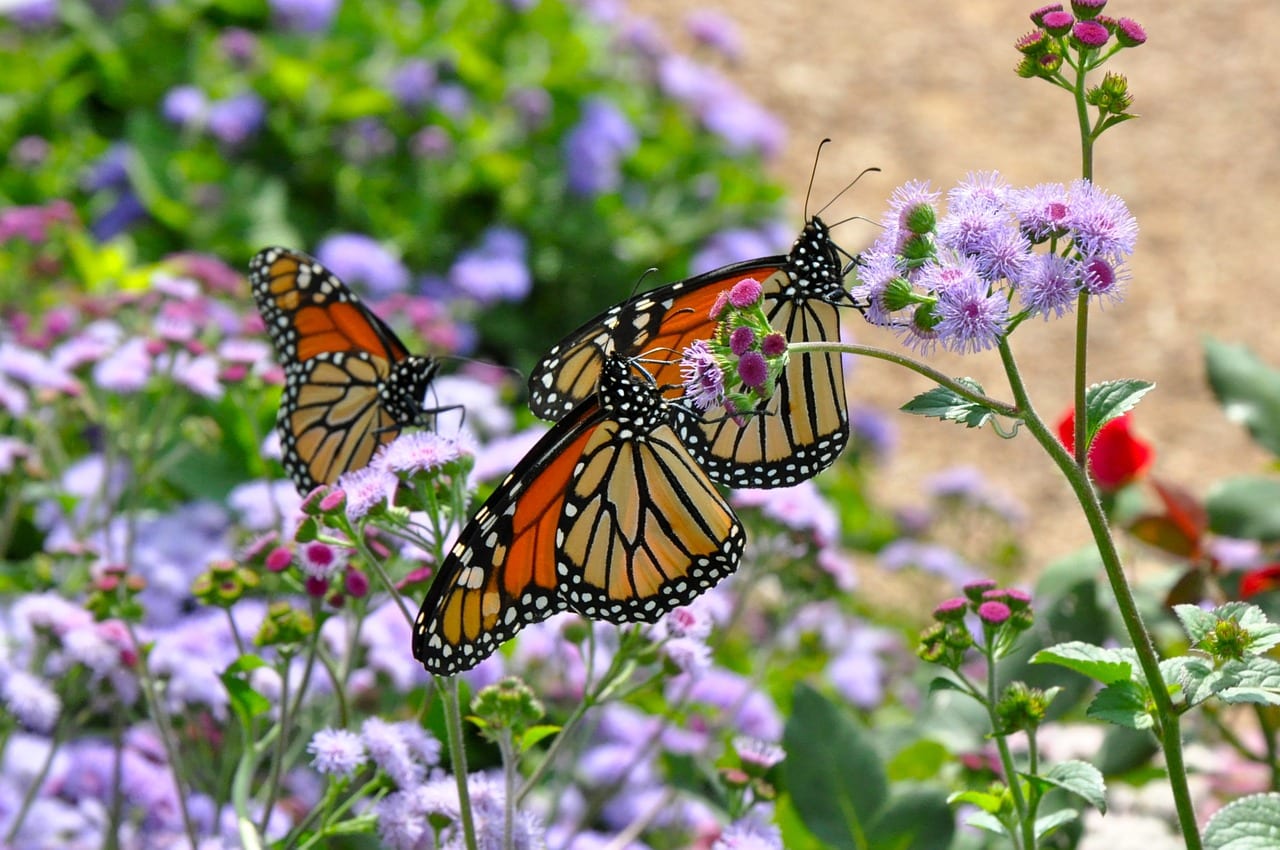
Monarch butterflies live throughout the United States and portions of Canada during the warm months of the year. However, sometime around the first frost, they begin moving south to the Mexican highlands, where they spend their winters.
During the peak of their migration, thousands of monarch butterflies pass through the park. This gives visitors the chance to see them fluttering about and clinging to trees when they need to rest. Monarchs also congregate near puddles in many cases, where they obtain the water they need to survive.
Beautiful Birds
Amistad National Recreation Area offers excellent bird-watching opportunities.
Scientists have documented more than 200 bird species in Amistad National Recreation Area. Visitors are obviously unlikely to see every native species, but the most observant ones may spot dozens during a brief trip.
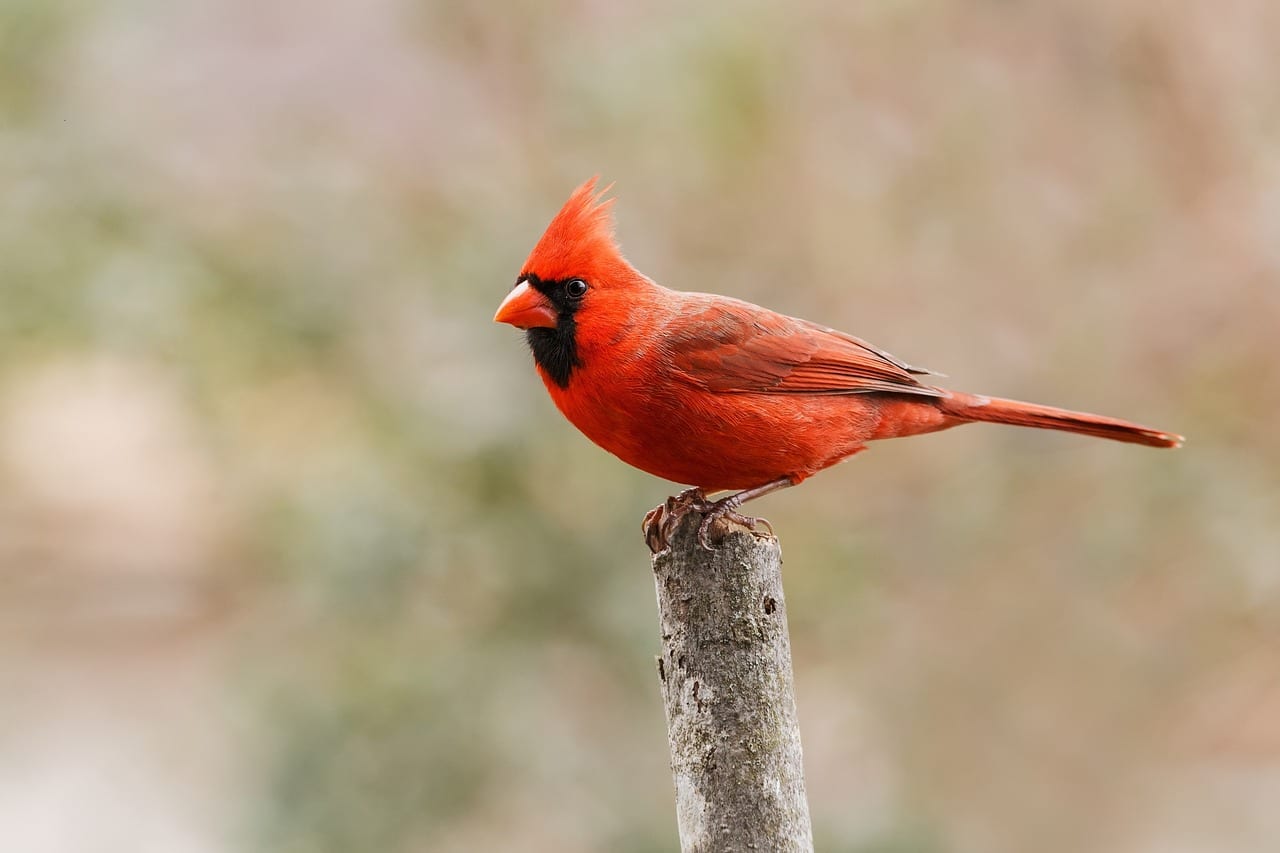
Representatives of most of the major bird lineages live within the park’s borders. Songbirds, such as the cactus wren, painted bunting and northern cardinal, are especially numerous in the park. However, the park is also home to a number of waterfowl, including great egrets and American coots.
Several birds of prey species also call Amistad National Recreation Area home. Black vultures and red-tailed hawks are two of the most commonly seen species, but American kestrels also dwell in the area.
Mammals of the Desert
A number of mammals call Amistad National Recreation Area home.
Even though Amistad National Recreation Area is surrounded by relatively arid lands, several mammals live in the region. White-tailed deer are the park’s largest animals. Like the white-tailed deer living throughout most of the U.S., the park’s deer are often relatively bold, which makes them easier to find and photograph.
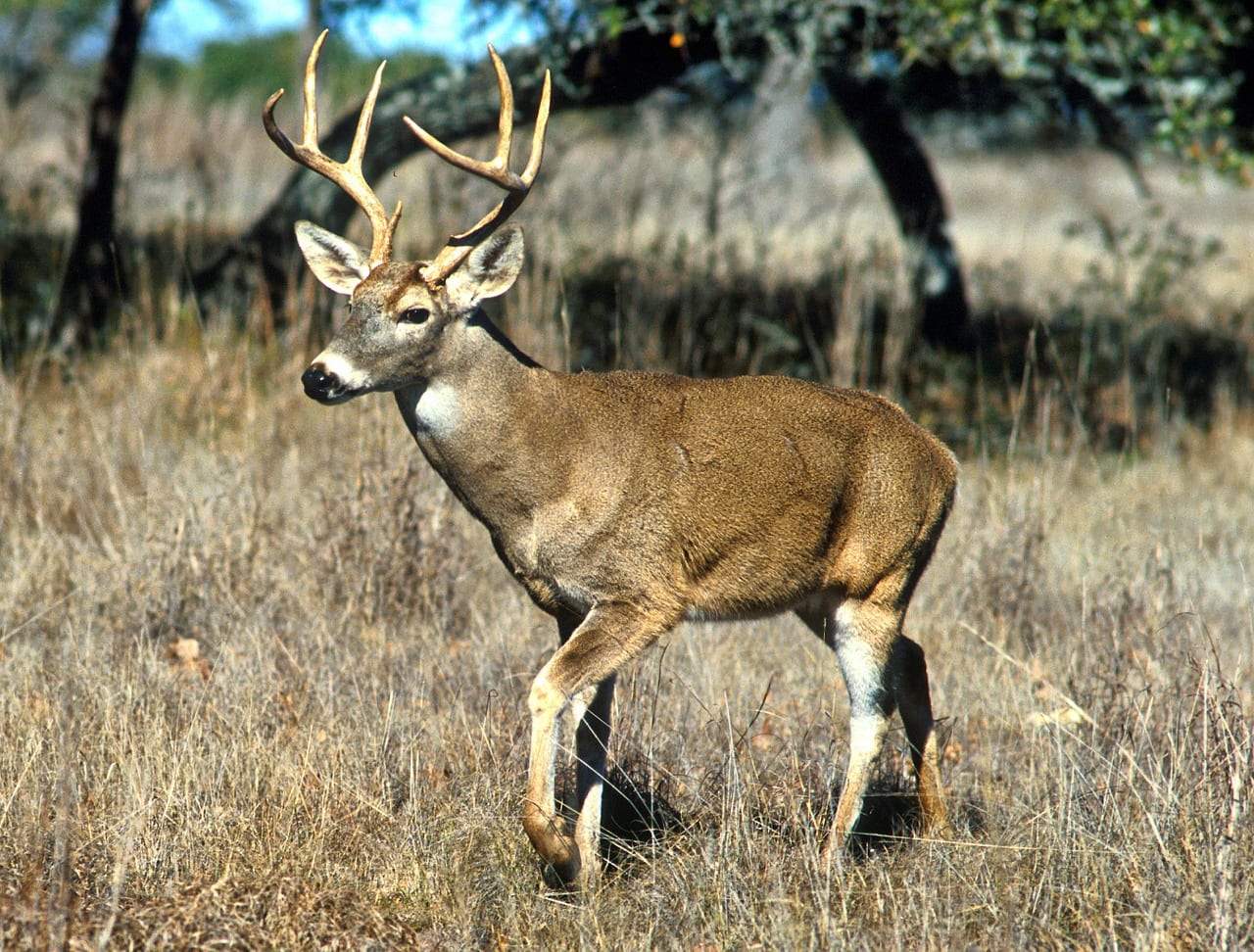
Jackrabbits and cottontails are also quite numerous in and around the park. They tend to be most active during the early morning and late evening hours, as this allows them to avoid the high temperatures during the middle of the day. Both species represent important food sources for the local hawks, coyotes and snakes.
Rarely, visitors have the chance to see other mammals, including porcupines and skunks.
The Reptiles of Amistad National Recreation Area
Amistad National Recreation Area is home to at least 37 reptile species.
Reptiles are some of the best-represented animals in Amistad National Recreation Area. In fact, three of the park’s resident reptiles – the Texas indigo snake, the Trans-Pecos black-headed snake and the Texas horned lizard – are all protected species, whose populations are currently threatened.
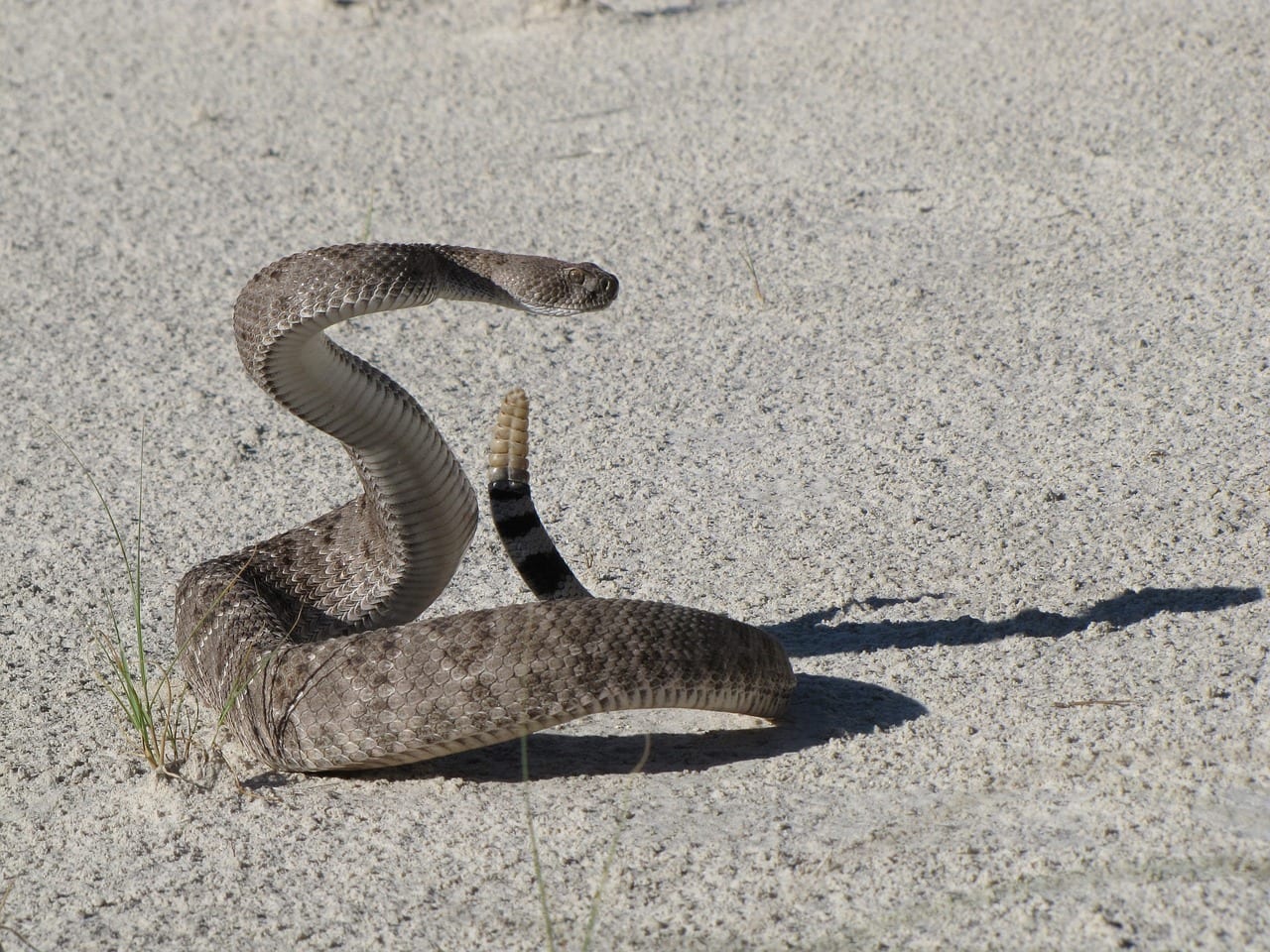
Thirteen different lizard species, including several race runners and skinks, live within the park’s borders. On the other hand, 12 snake species – most notably including the Texas coral snake – also call the park home. Trans-Pecos copperheads and western diamondback rattlesnakes also live in Amistad National Recreation Area. Although these snakes are venomous and require great respect, they normally avoid humans whenever possible.
Soft-shelled turtles and river cooters are also park residents. You can often spot these animals basking on rocks or right under the surface of the water on sunny days.
Wildlife Viewing Tips: Making the Most of Your Visit
Employ the following tips to see as many animals during your visit to Amistad National Recreation Area.
Amistad National Recreation Area is certainly a haven for wildlife. However, you won’t see very many of them if you just wander about aimlessly. Instead, you’ll want to employ a few helpful tips, which should help increase the number of species you observe.
- Plan your trip in October to see the monarch migration. One of the most fantastic sights Amistad National Recreation Area offers is the annual butterfly migration. The timing of the event varies slightly, but if you plan your trip for mid to late October, you’ll usually have ample opportunities to enjoy them.
- Explore during the early morning and late evening hours if you’re visiting during the summer. Amistad National Recreation Area is quite a warm destination, with summertime temperatures routinely reaching triple-digit territory. This causes many of the animals to hide during midday while confining their activity to the early morning and late afternoon hours.
- Keep your eyes peeled near the water-land boundary area. Because the area surrounding Amistad National Recreation Area is so dry, Amistad Reservoir draws animals from far and wide. Accordingly, you’ll want to be especially observant when exploring the area near the reservoir.
- Discuss recent wildlife sightings with the staff. The staff at Amistad National Recreation Area are a fantastic resource for wildlife lovers. They can also tell you about recent sightings of note, as well as some of the best places to see the park’s resident animals.

Tell Us About Your Experiences!
Amistad National Recreation Area is easily one of the most impressive parks along the southern U.S. border, and it offers a few unique opportunities that aren’t available many other places (such as the chance to see the annual monarch migration). Just be sure to schedule your trip carefully and employ the wildlife-viewing tips above to make the most of your visit.
Have you ever been to Amistad National Recreation Area? We’d love to hear about your experiences! Tell us all about your trip in the comments below.



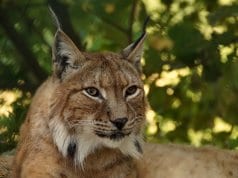
![Red Angus Closeup of a beautiful Red Angus cowPhoto by: U.S. Department of Agriculture [pubic domain]https://creativecommons.org/licenses/by/2.0/](https://animals.net/wp-content/uploads/2020/03/Red-Angus-4-100x75.jpg)

